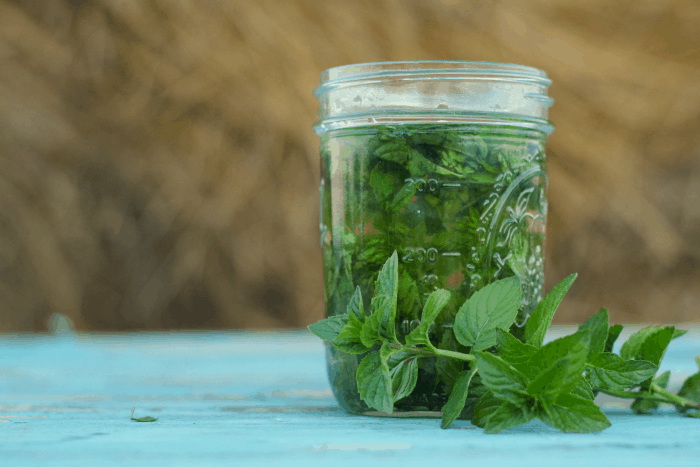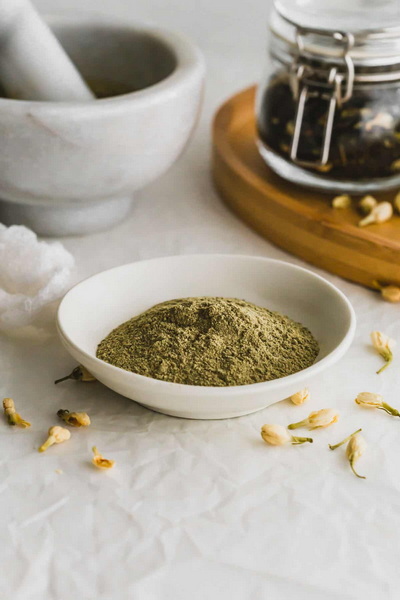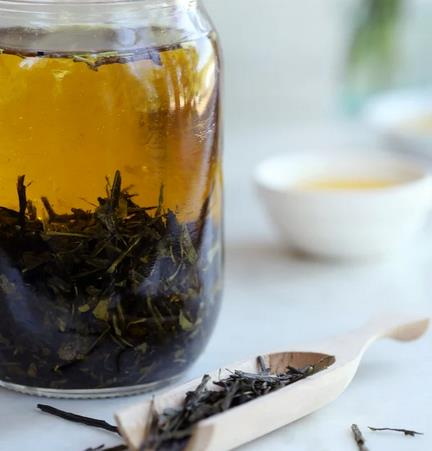Content Menu
● Benefits of Green Tea Extract
● Ingredients Needed
● Equipment Required
● Step-by-Step Instructions
>> 1. Prepare Your Ingredients
>> 2. Combine Tea Leaves and Water
>> 3. Steep the Mixture
>> 4. Strain the Extract
>> 5. Store Your Extract
● Tips for Using Green Tea Extract
● Different Methods of Extraction
>> Hot Water Extraction
>> Alcohol Extraction
● Potential Side Effects
● Conclusion
● FAQ
>> 1. What is green tea extract?
>> 2. How long does homemade green tea extract last?
>> 3. Can I use any type of green tea for extraction?
>> 4. Is there a recommended dosage for consuming green tea extract?
>> 5. Can I apply green tea extract directly to my skin?
Green tea extract is a concentrated form of green tea that retains the beneficial compounds found in the leaves, such as catechins and antioxidants. Making your own green tea extract at home is not only cost-effective but also allows you to control the quality and potency of the extract. This guide will walk you through the process of creating your own green tea extract, highlighting its benefits and providing tips for usage.

Benefits of Green Tea Extract
Before diving into the preparation, it's essential to understand why green tea extract is so popular:
- Rich in Antioxidants: Green tea extract contains high levels of catechins, particularly epigallocatechin gallate (EGCG), which are known for their antioxidant properties. These compounds help combat oxidative stress and may reduce the risk of chronic diseases.
- Weight Management: Studies suggest that green tea extract can aid in weight loss by enhancing metabolic rate and fat oxidation.
- Heart Health: Regular consumption may improve cardiovascular health by lowering cholesterol levels and reducing blood pressure.
- Brain Function: The caffeine and amino acids in green tea can enhance brain function, improving mood, vigilance, and cognitive performance.
- Skin Health: Green tea extract is often used in skincare products for its anti-inflammatory properties and ability to reduce acne and signs of aging.
Ingredients Needed
To make your own green tea extract, you will need the following ingredients:
- Green Tea Leaves: Choose high-quality loose leaf green tea or matcha for optimal results. The quality of the leaves directly impacts the potency of the extract.
- Water: Use filtered or mineral water for the best flavor. Avoid tap water that may contain chlorine or other impurities.
Equipment Required
- Two containers (one with a lid)
- A strainer (such as a cheesecloth or fine mesh sieve)
- A measuring cup
Step-by-Step Instructions
1. Prepare Your Ingredients
Gather your ingredients and equipment. For this recipe, you will need approximately 3.5 ounces (about 100 grams) of green tea leaves and 4 cups (about 1 liter) of water.
2. Combine Tea Leaves and Water
In a container, combine the green tea leaves with the water. Ensure that the leaves are fully submerged to maximize extraction.
3. Steep the Mixture
Let the mixture steep at room temperature for about one hour. This cold extraction method helps preserve the delicate flavors and nutrients without bitterness.
For those who prefer a stronger flavor, you can extend the steeping time to up to three hours. However, be cautious not to exceed this duration as it may lead to a bitter taste.
4. Strain the Extract
After steeping, use a strainer to separate the liquid from the tea leaves. Pour the liquid into another container, discarding or composting the used leaves.
If you want an even clearer extract, consider using a coffee filter or fine mesh cloth to strain out any remaining particles.
5. Store Your Extract
Transfer your green tea extract into a clean container with a lid. Store it in the refrigerator, where it can last for up to one week.
For longer storage, consider freezing portions of your extract in ice cube trays for easy use later on.

Tips for Using Green Tea Extract
- Dosage: Start with small amounts, such as one tablespoon per day, to assess your body's response. Gradually increase if desired, but be mindful of caffeine intake if you're sensitive.
- Incorporation: Add your extract to smoothies, juices, or even use it as a flavor enhancer in recipes like salad dressings or marinades.
- Topical Use: You can also apply diluted green tea extract to your skin as a natural toner or anti-inflammatory treatment. Mix with aloe vera gel for added skin benefits.
Different Methods of Extraction
While cold extraction is simple and effective, there are other methods you might consider depending on your preferences:
Hot Water Extraction
This method involves using hot water instead of cold:
1. Boil water and let it cool slightly.
2. Add green tea leaves (about 3 tablespoons) to a heatproof container.
3. Pour hot water over the leaves.
4. Steep for 5–10 minutes.
5. Strain and cool before storing.
This method extracts more caffeine and may yield a stronger flavor but can also lead to bitterness if steeped too long.
Alcohol Extraction
For those interested in creating a more potent tincture:
1. Combine dried green tea leaves with high-proof alcohol (like vodka) in a glass jar.
2. Seal tightly and let it sit in a dark place for two weeks, shaking occasionally.
3. Strain through cheesecloth into a dark glass bottle for storage.
Alcohol extraction captures more phytochemicals but should be used cautiously due to its potency.
Potential Side Effects
While green tea extract offers numerous health benefits, it's essential to be aware of potential side effects:
- Caffeine Sensitivity: Some individuals may experience jitteriness or insomnia due to caffeine content.
- Stomach Irritation: High doses may cause digestive issues such as nausea or upset stomach.
- Interactions with Medications: Green tea can interact with certain medications, including blood thinners and some antidepressants; consult with a healthcare provider if unsure.
Conclusion
Making your own green tea extract is a straightforward process that can yield numerous health benefits. By using high-quality ingredients and following simple steps, you can enjoy this potent supplement at home. Whether you choose to consume it or use it topically, green tea extract is an excellent addition to any wellness routine that promotes overall health and vitality.

FAQ
1. What is green tea extract?
Green tea extract is a concentrated form of green tea that contains high levels of antioxidants and other beneficial compounds found in the leaves.
2. How long does homemade green tea extract last?
Homemade green tea extract can last up to one week when stored in the refrigerator.
3. Can I use any type of green tea for extraction?
Yes, but using high-quality loose leaf or matcha will yield better flavor and more potent health benefits.
4. Is there a recommended dosage for consuming green tea extract?
Start with one tablespoon per day and adjust based on your body's response.
5. Can I apply green tea extract directly to my skin?
Yes, diluted green tea extract can be used topically as a natural toner or treatment for skin conditions like acne.






























